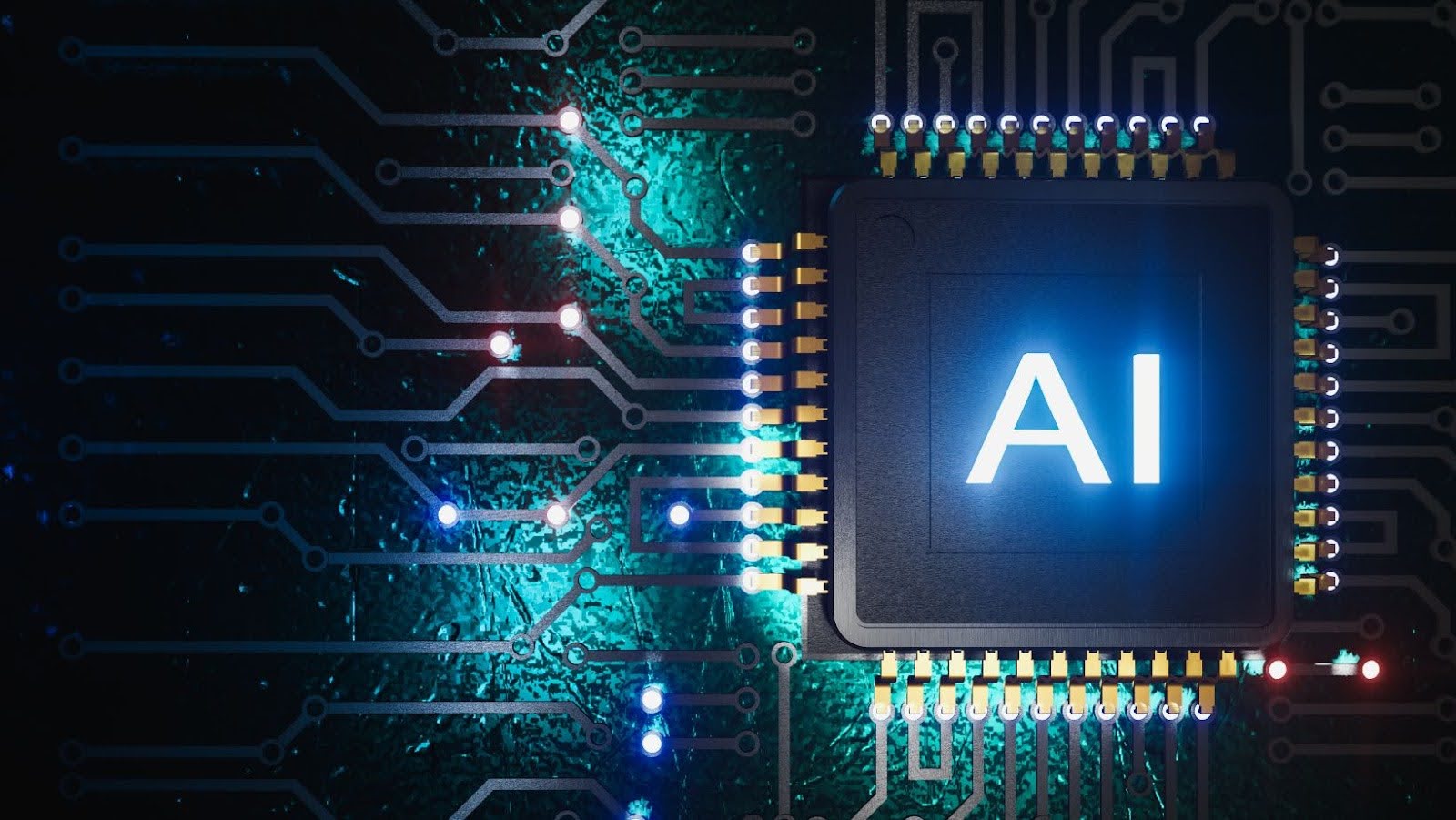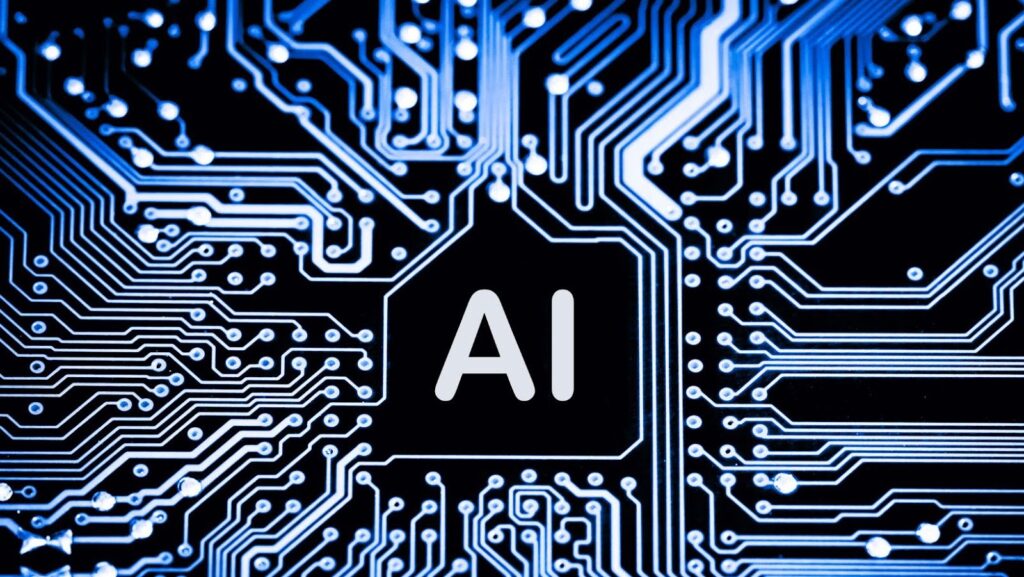Artificial Intelligence (AI) is no longer just a concept we read about in comic books; it is something we interact with daily. However, given that we have arrived, what lies ahead of us? This paper will consider the history of AI from when it was still an academic idea to nowadays, when it has found many uses.
The Birth of AI: Theoretical Foundations
Artificial intelligence is an old idea traced back to the ancient mythology of mechanical men. Nevertheless, it was only in the 1940s that people started thinking seriously about developing machines with their minds. Work undertaken by individuals such as Alan Turing and John McCarthy acted as the foundation for a transformation within society. The moments when Turing developed computation and when McCarthy coined the term “artificial intelligence” were critical in the history of AI development. These pioneers envisioned artificial beings capable of reasoning, acquiring knowledge, and changing just as people do—leading eventually to powerful tools like language models and even the rise of concerns around chatGPT detection in educational and professional settings.
Early Developments: From Idea to Implementation
People first tried to actualize AI theories during the 1950s and 1960s. Initial AI programs like Logic Theorist and General Problem Solver proved that machines could solve problems and carry out tasks that were typically considered best done by human beings. Despite these advancements, progress could have been faster due to limited computing power and a need for more data.
As the technology evolved, the concept of an ai girlfriend emerged, illustrating how AI could extend into personal and emotional realms. This innovation allowed people to create and connect with a virtual AI partner who listens, responds, and appreciates them, showcasing the versatility and depth AI can achieve.
The AI Winter: Setbacks and Challenges
Although there were some achievements in the 1970s and 1980s, artificial intelligence research encountered enormous challenges. There was great anticipation for positive outcomes.
However, the level of technology at that time could not cope with such expectations. Lack of finances and reduced interest resulted in the so-called “AI Winter.” Many projects failed to yield results, and it was unclear whether AI would have a future.
Revival and Growth: The Emergence of Machine Learning
Advances in computing capabilities and data abundance propelled the resurgence of artificial intelligence studies between the end of the 1990s and the beginning of the 2000s. Within AI, an influential branch known as machine learning emerged, which enabled machines to learn from data and improve with time.

The development of technologies such as neural networks and deep learning brought about significant advancements in image recognition and other related fields that were always included, such as speech recognition.
AI in the Modern Era: Ubiquitous and Essential
AI has become integral across various sectors, enhancing efficiency, accuracy, and customization. Examples include virtual assistants like Siri and Alexa, recommendation algorithms on Netflix and Amazon, and autonomous vehicles.

Beyond these, AI innovations extend to self-navigating aircraft and advanced medical devices, raising questions about its societal impacts, particularly on employment and data security.
Conclusion: The Future of AI
It has been an incredible journey moving from the hypothetical concept of artificial intelligence to its practical application with numerous advancements and drawbacks. AI is seen as capable of doing anything in the future. Although this is important, we still must ensure we move ahead carefully, only developing well-thought-out and beneficial artificial intelligence for humanity.
Today, as we inquire about the relevance of artificial intelligence in our society, we will be able to determine some prospective solutions that will lead us into an era whereby AI will be helpful to humanity.

